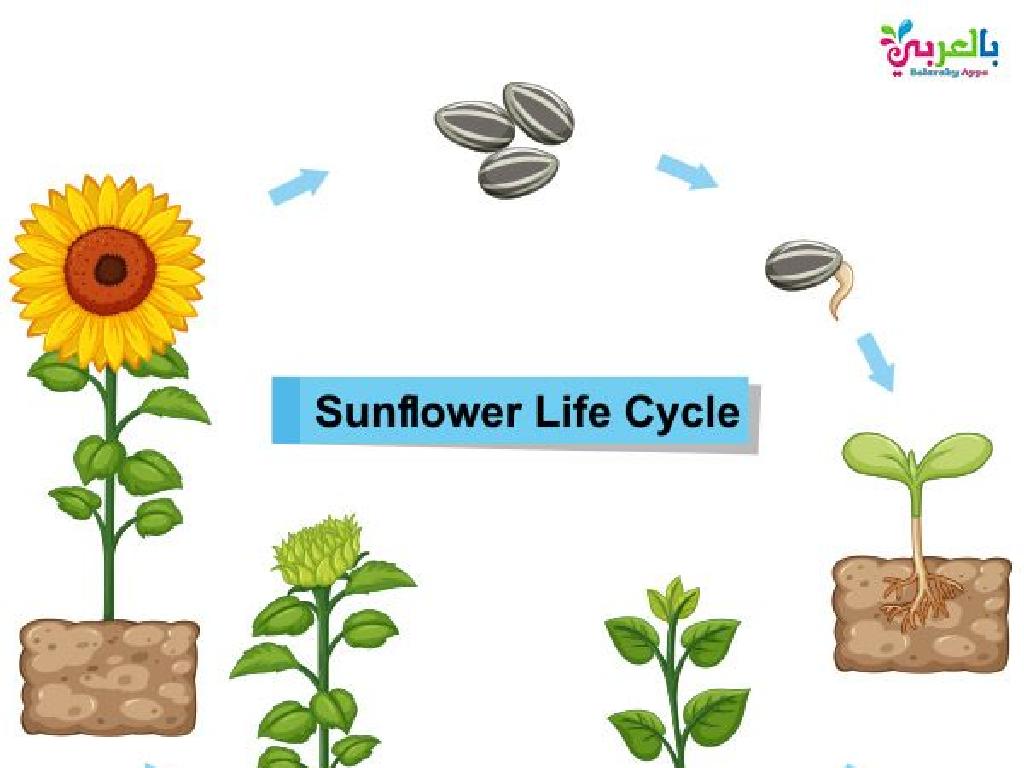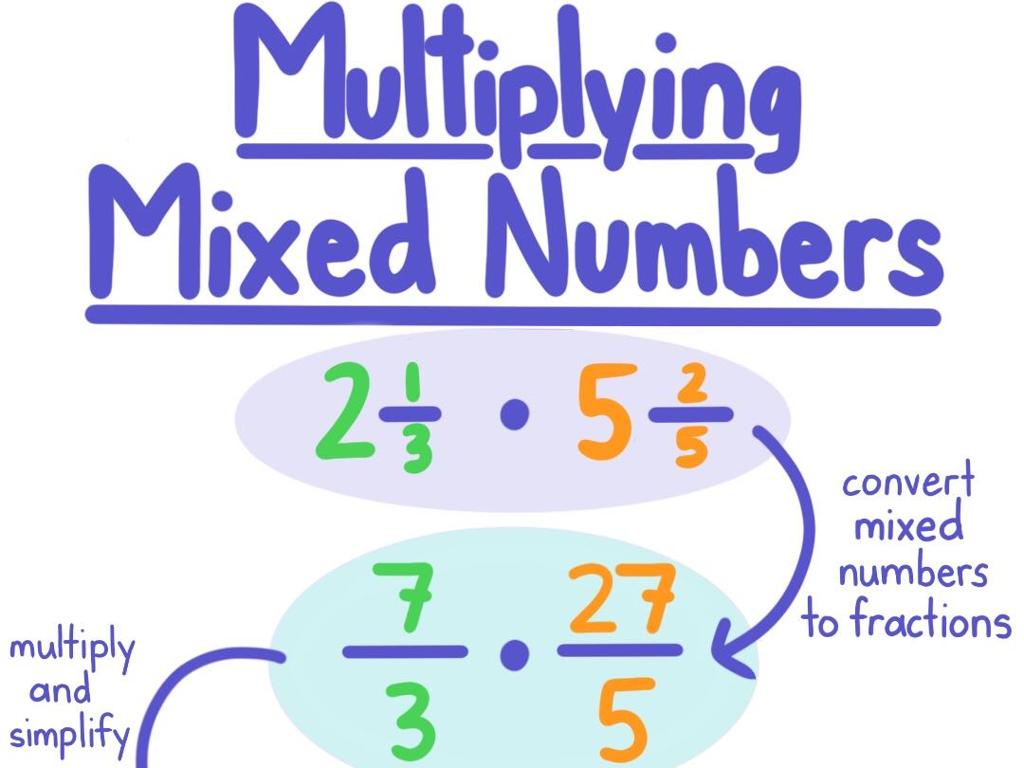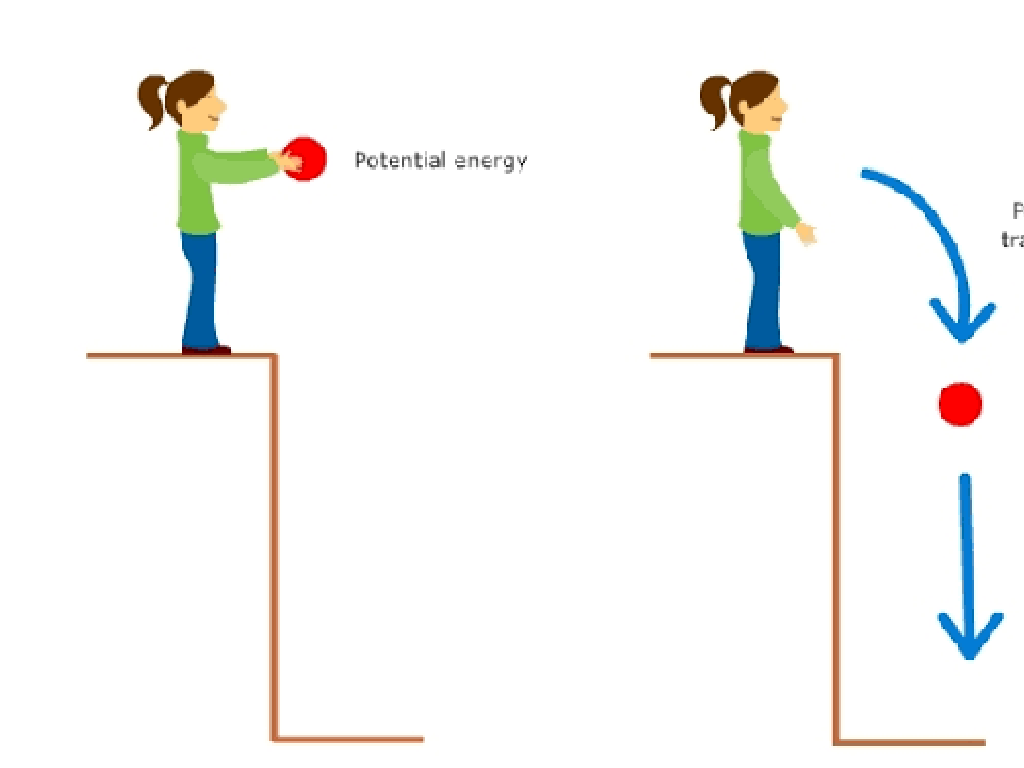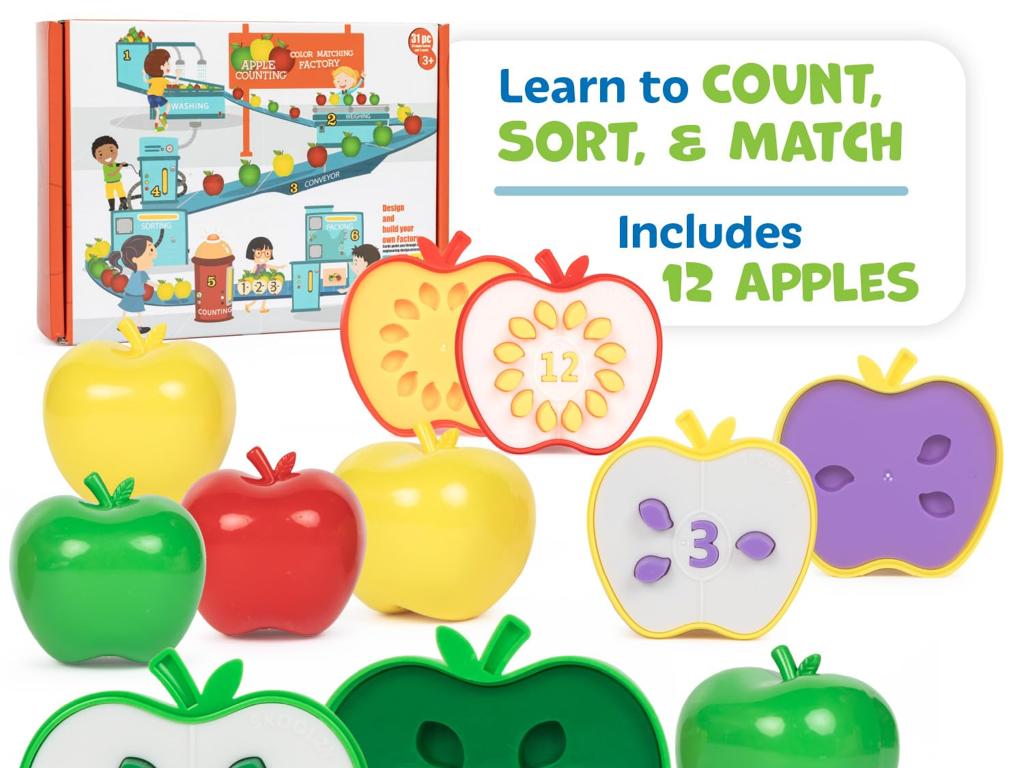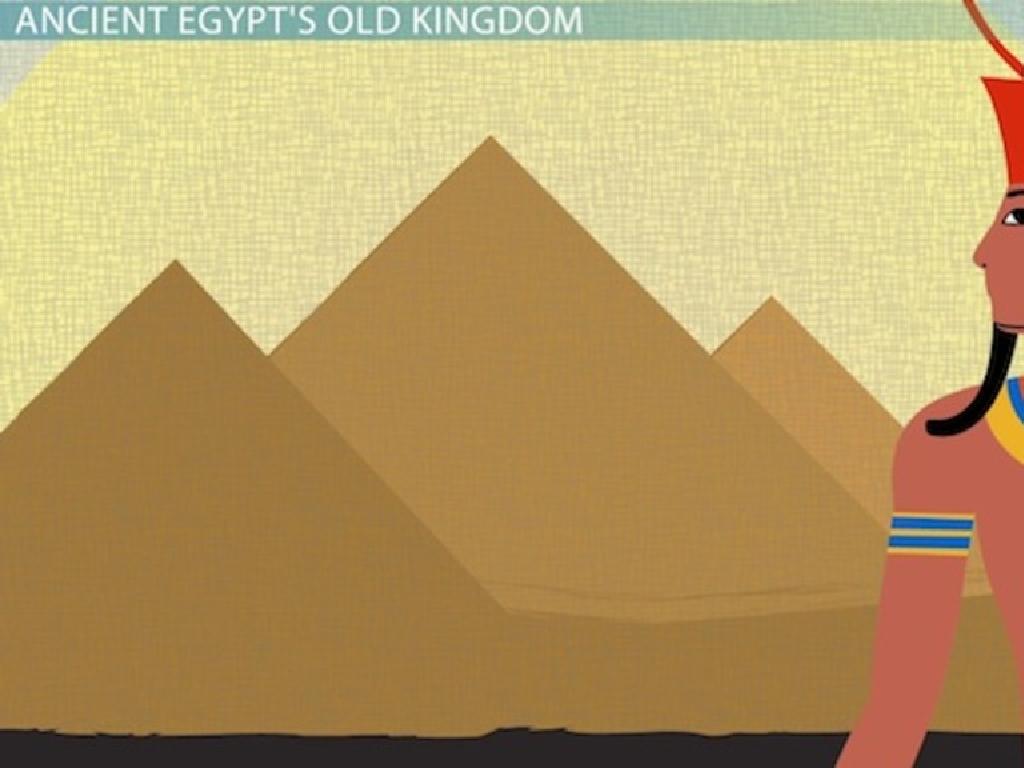Changes To Earth'S Surface: Earthquakes
Subject: Science
Grade: Second grade
Topic: Earth Events
Please LOG IN to download the presentation. Access is available to registered users only.
View More Content
Understanding Earthquakes
– Earth’s surface is always changing
– What is an earthquake?
– Sudden shaking of the ground caused by rocks breaking underground
– How earthquakes affect Earth
– They can change landscapes and sometimes cause damage to buildings
– Safety tips during an earthquake
– Drop, Cover, and Hold On until the shaking stops
|
This slide introduces the concept of earthquakes as a part of the broader topic of Earth events. Begin by explaining that the Earth is dynamic and its surface changes over time. Introduce earthquakes by describing them as sudden movements of the Earth’s surface that occur when energy stored in rocks is suddenly released. Discuss the effects of earthquakes, such as changes to the landscape, and the potential for damage to structures. Emphasize the importance of safety and teach students what to do if they ever experience an earthquake: Drop to the ground, take Cover under something sturdy, and Hold On until the shaking stops. Use this opportunity to engage students by asking if they have ever felt an earthquake or seen pictures of their effects.
What is an Earthquake?
– Earthquakes: Earth’s sudden shake
– Faults: Where the Earth slips
– Imagine it like a crack where two blocks of ground move
– Hypocenter: Start below ground
– The place deep underground where the shaking begins
– Epicenter: Directly above hypocenter
– The spot on the ground right above the hypocenter
|
This slide introduces the concept of earthquakes to second-grade students. Begin by explaining that an earthquake is like the Earth getting a quick shake because of movement in the ground. The fault is like a big crack where this movement happens. The hypocenter is the starting point of an earthquake deep inside the Earth, and the epicenter is the point on the ground that’s right above the hypocenter. Use simple analogies like a rug slipping on the floor to help them visualize the concept of faults. Encourage questions and provide clear, simple answers. A possible activity could be to create a simple model with blocks to demonstrate how earthquakes occur.
How Do Earthquakes Happen?
– Earth’s surface has big pieces
– These pieces are called ‘tectonic plates’
– Imagine a cracked eggshell as the surface of Earth
– Plates move and can bump or separate
– Like puzzle pieces sliding, they sometimes crash or spread
– Sudden movements cause earthquakes
– This quick shift can shake the ground we stand on
|
This slide introduces the concept of tectonic plates and their role in causing earthquakes. It’s important to explain to second graders that the Earth’s surface is like a giant puzzle with pieces that move. Sometimes these movements are slow and not noticeable, but other times they can be sudden and cause the ground to shake, which is what we feel during an earthquake. Use simple analogies like a cracked eggshell or moving puzzle pieces to help them visualize the concept. Encourage questions and provide examples of minor plate movements they might experience, like a slight tremor or the shaking of the ground.
Effects of Earthquakes on Earth’s Surface
– Earthquakes shake the ground
– Buildings and roads may fall
– Landscapes can change shape
– Example: After an earthquake, a flat field might become bumpy and uneven.
– Tsunamis: big ocean waves
– Caused by underwater earthquakes, tsunamis can flood coasts.
|
This slide aims to help second-grade students understand the impact of earthquakes on the Earth’s surface. Explain that earthquakes are like the ground playing tag, sometimes they shake things up. Buildings and roads can get knocked down as if they were toy blocks. The land can change, like how playdough changes shape when you press or pull it. Tsunamis are big waves that can be created by earthquakes under the sea, and they can wash over the land like a giant bath overflowing. Show pictures or videos of landscapes before and after an earthquake to illustrate these changes. Encourage students to ask questions and think about how these changes would affect people living in those areas.
Staying Safe During Earthquakes
– Practice ‘Drop, Cover, Hold On’
– Drop to the ground, take cover under furniture, hold on until shaking stops
– Stay clear of windows
– Glass can break and cause injuries, so keep away from windows
– Prepare an emergency kit
– Kit should have food, water, flashlight, and first aid
– Earthquake safety is crucial
|
This slide aims to educate second-grade students on the essential safety measures to take during an earthquake. Emphasize the ‘Drop, Cover, and Hold On’ technique as the primary action to protect themselves. Explain the importance of staying away from windows to avoid injury from broken glass. Discuss the components of an emergency kit and why each item is necessary. Reinforce the concept that being prepared and knowing what to do is key to staying safe during an earthquake. You can conduct a drill as a class activity to practice these safety steps.
Class Activity: Earthquake Simulation
– Simulate an earthquake today!
– Use a tray of sand as the earth
– The sand tray will show us how the ground moves during an earthquake.
– Observe changes when shaken
– Look for cracks and movement in the sand.
– Discuss earthquake safety
|
This activity is designed to give students a hands-on experience to understand the effects of an earthquake. By shaking a tray filled with sand, students can visually grasp how the earth’s surface can change during an earthquake. Encourage them to observe the patterns and disruptions in the sand. After the simulation, lead a discussion on safety measures during an earthquake, such as ‘Drop, Cover, and Hold On.’ Prepare a list of safety tips to share with the class and consider having an earthquake drill. This will help reinforce the importance of being prepared for such natural events.

